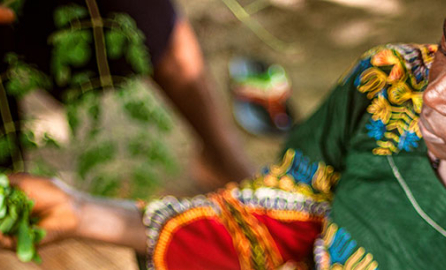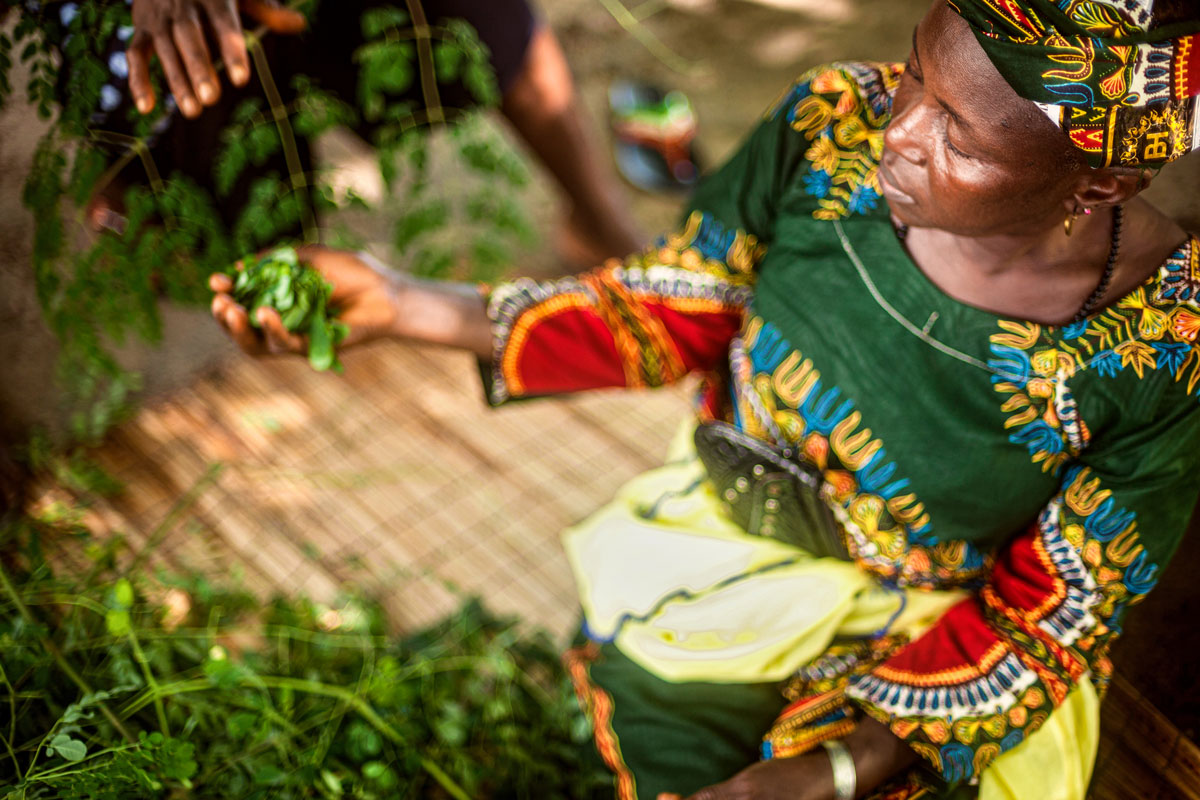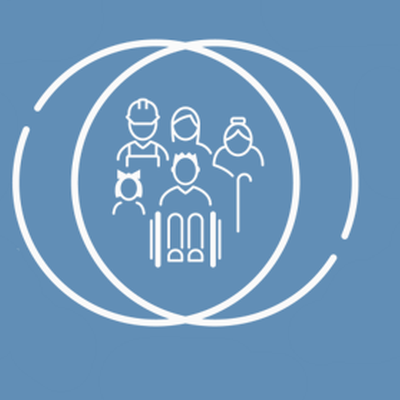An approach to poverty reduction called the graduation model may offer a fresh and promising path to tackling poverty and vulnerability in the long term.
Photo © European Union
From poverty to secure, independent livelihoods
Graduation programmes are aimed at “graduating” individuals out of extreme poverty and putting them on the path to resilient and sustainable livelihoods by providing a phased, intensive and holistic package of support.
These packages typically include periodic cash transfers, the provision of livestock, life-skills coaching as well as training in income-generating activities and access to savings facilities and microcredit.
‘Not a one-way door’
Successful graduation from social protection programmes requires development and humanitarian actors to look beyond the immediate, most pressing needs and into the future so that the broad spectrum of resource deficits that trap people in poverty and vulnerability are addressed.
...graduation from social protection... requires development and humanitarian actors to look beyond the immediate...
Or, as Rachel Sabates-Wheeler, a development economist and research fellow at the Institute of Development Studies in the UK, put it: “Everyone needs food and shelter, but beyond that, there needs to be a much more nuanced plan.”
According to Sabates-Wheeler, who is one of the leading experts on the subject, graduation from social protection shouldn’t be a one-way door model where support is withdrawn as soon as participants reach a certain benchmark under a previously established timeframe with little consideration for their future well-being.
Instead, it’s about introducing graduation in such a way that extremely poor people’s livelihoods are bolstered and promoted in the long term, while also making sure that their right to social protection isn’t jeopardised.
This approach is known as ‘responsible graduation’, and it is underpinned by the fundamental rights-based principle that social protection should be available to any person who needs it, whenever they need it.
‘Responsible graduation’
A critical feature of responsible graduation models is that they put in place arrangements for participants who will never be able to graduate from social protection due to their old age or due to disability, as well for past graduates who fall back into poverty.
One example of a responsible graduation programme could be the ‘cash plus’ model, said Sabates-Wheeler, pointing out that simply providing cash transfers to a household will never be a silver bullet.
According to Sabates-Wheeler, the strength of the cash plus model is that it recognises and addresses the broader conditions needed to achieve sustainable self-reliance.
“We need to also provide education, health, early childhood development or nutrition services that would actually allow people to use that cash in a way that’s beneficial for their livelihoods, so they’ll move out of poverty,” she explained.
One of the challenges associated with such cash plus models, however, is that they can be tricky to implement in humanitarian settings.
“You might have a crisis, a conflict or an emergency, a tsunami or drought, and you run in with cash and food, but you might not have the services to complement that,” said Sabates-Wheeler, pointing out that those may have been destroyed in the emergency.
Still, she said, even in those kinds of situations there are ways to provide people with resources that promote responsible graduation.
Photo © ODI/Gabriel Pecot
“There is still a place to be able to say, actually we need to complement this cash with something else,” she said.
“It might be with some very specific asset –livestock or around small business development, and immunizations or schooling, school feeding – so you might actually put a package of support together that would help people move out of vulnerability or poverty.”
‘No one-size-fits-all’
It’s equally important to recognise that there is no one-size-fits-all solution for graduation from social protection programmes.
“Not everybody is going to be an entrepreneur and not everybody wants to do the same kind of activity, so you might have to recognise that rural populations […] or pastoralists who have livestock will have a different type of support than someone living in an urban city who wants to just get a job,” said Sabates-Wheeler.
A key characteristic of graduation success stories, then, is that they offer different packages of support, taking into account such factors as household composition, the availability of markets and participants’ ability to do physically demanding work – factors that all shape the degree to which they are able to take advantage of graduation opportunities.
...there has to be some nuance around what kind of support you give...
“So there has to actually be some nuance around what kind of support you give to allow people to become more resilient,” Sabates-Wheeler explained.
Shared responsibility
Humanitarian actors also have a role to play in responsible graduation.
They can, for instance, pave the way for future graduation success stories by already laying the groundwork for when international development actors or governments take over.
They can do this by closely aligning their interventions with government-run social protection systems at the national or local level, or by implementing comprehensive and transparent targeting, monitoring and evaluation systems.
Photo © UN Women/Joe Saade
Humanitarian entities might, for instance, set up information systems as part of their response during crises, Sabates-Wheeler noted.
“So, when you go and target households or beneficiaries, you actually keep a record that’s open for other people and so we know, year on year, who is being supported and who’s being targeted and that can provide the basis of a MIS [management information] system for a national programme,” she said.
Moreover, both humanitarian and development actors can support the later development of responsible graduation programmes by teaming up for their vulnerability analyses.
“Humanitarian and development workers often go on their own, separately, to do disaster mapping or vulnerability analysis, and they don’t communicate with each other,” said Sabates-Wheeler, pointing out that they ideally should work in tandem because the vulnerabilities greatly overlap.
“Because in the past what used to happen is humanitarians would come in for one year, then leave a few months later and everything gets forgotten. And what you need to do is say: ‘Actually, we’re going to link this into a system, so that it provides the basis for the government.’”
✎
Download all the elements of the guidance package from the Social protection across the humanitarian-development nexus group.
This is article was written by Linda Thompson. Reporting by Bartosz Brzezinski








Log in with your EU Login account to post or comment on the platform.